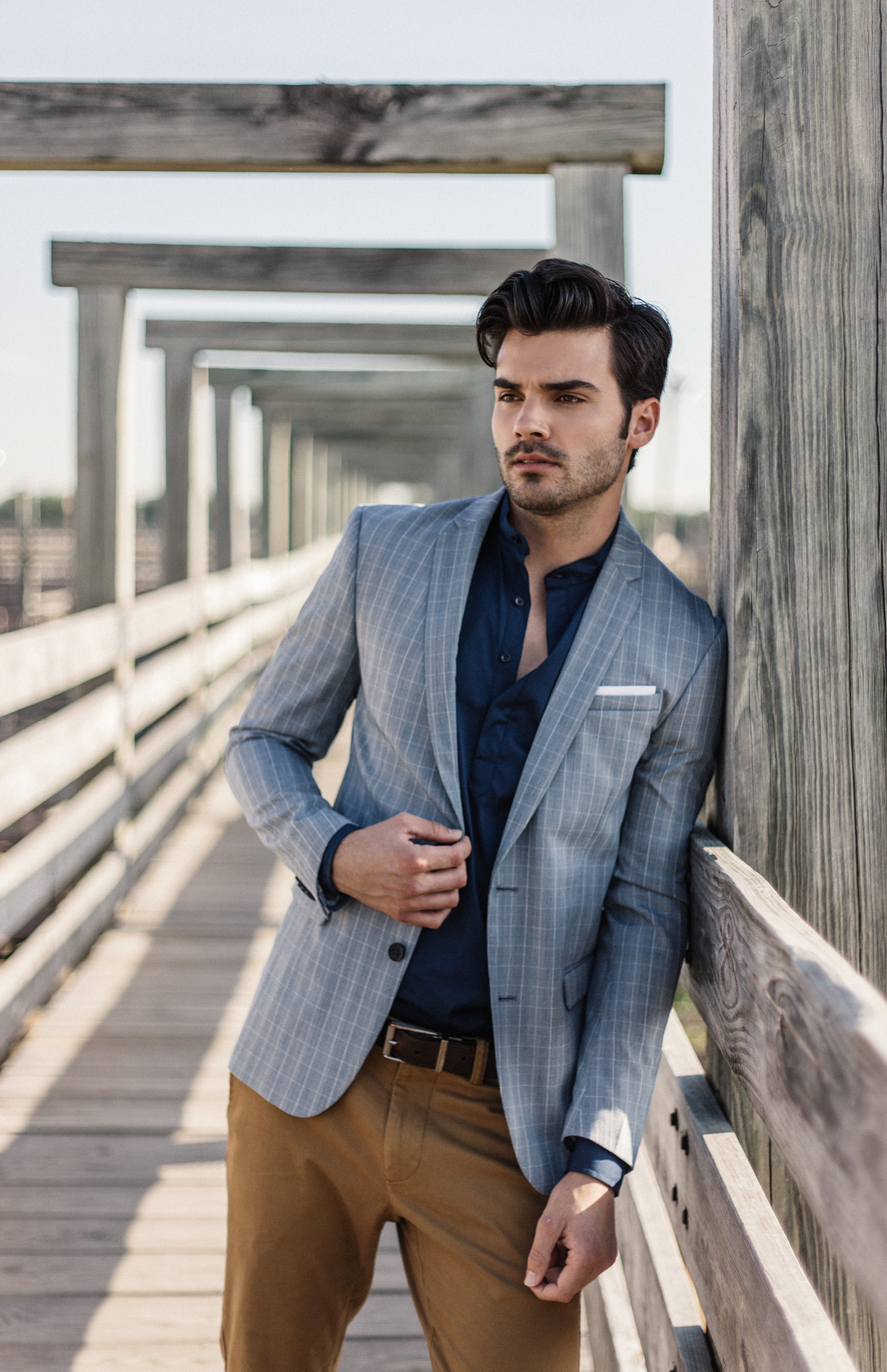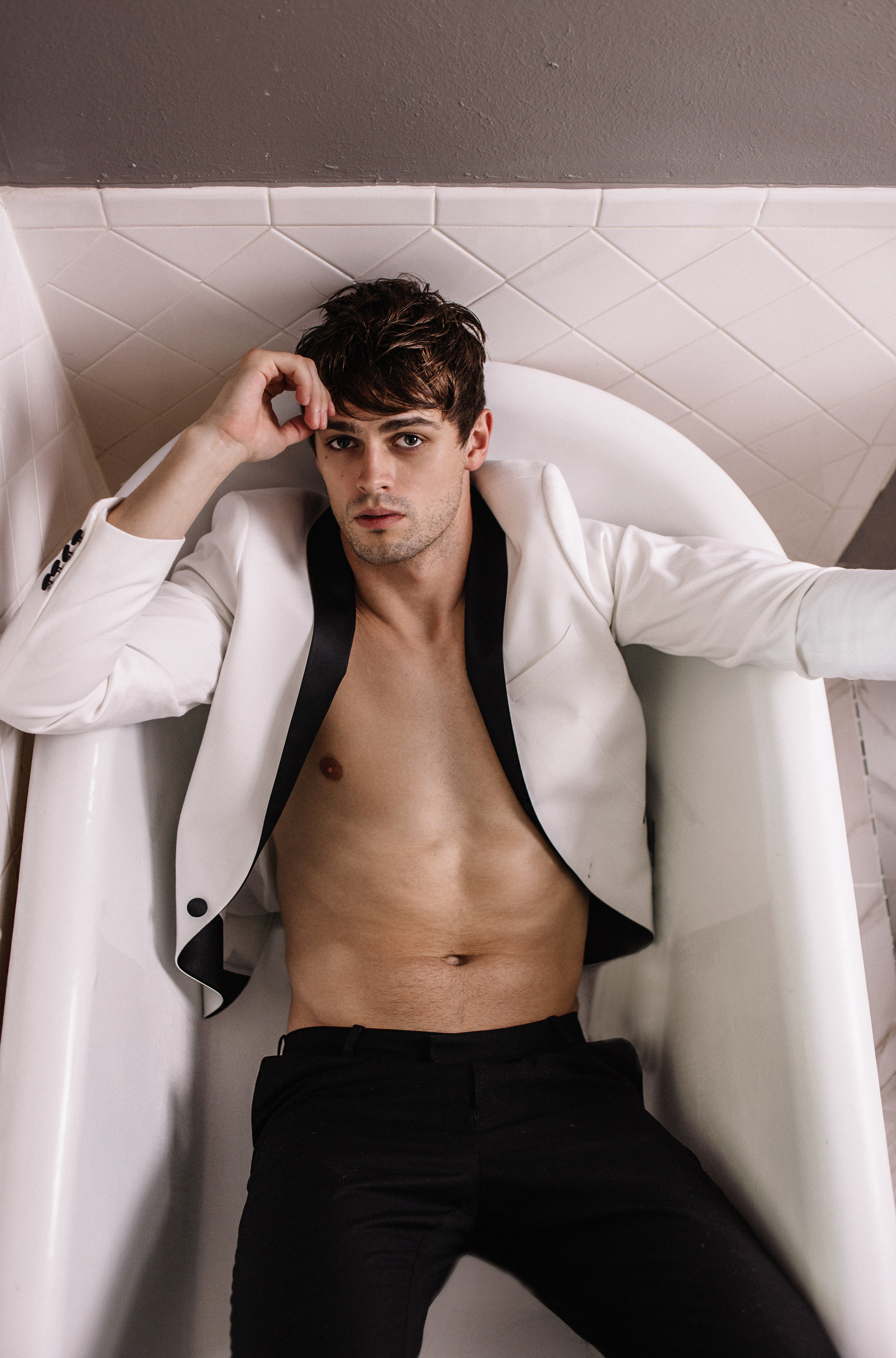A Focus on the Human Element | Jeyson Paez
Guest User
When it comes to portrait photographers Texan Jeyson Paez is in a land of his own. To learn more about Jeyson and his work I asked Christophe to sit down with the man behind the portraits.
Christophe: When did you first become interested in photography?
Jeyson: I was really young, I can't remember the exact age. But I always knew that I wanted to express myself in a creative and interesting way. I was always captured by the beauty of images and the stories they could tell. That translated into my interest in being behind the camera as a photographer, so I could be the one behind the stories.
C: Were you self-taught or did you learn in school/from a mentor?
J:I took a class at a community college covering the basics of photography. I was taught how to properly use a camera, but the imagination is inherent in me. I was ready to learn things on my own, and I knew that I needed more hands-on practice.
C: How did you develop your style?
J: I'm not sure if I've locked down a style yet. My work is about the people, and they inspire me in a different way every time.
C: What themes do you explore through your work?
J: There are two themes in all of my work: the personal and the professional. My personal is more visceral and candid; I like to put a focus on the human element. It's a little more free, and the story comes naturally. It's definitely more intimate and honest. Professional is more polished and stylized--I know the photo is for a specific purpose, and there's more structure to it.
C: How do you find and choose your subjects or locations?
J: I find most of the models I work with on Instagram, and sometimes they find me. When choosing, I veer towards someone who (I think) can give me more of a personal connection to the photos I'm taking. I like to make my personal work feel as real as possible. For locations, I do this the old-fashioned way. I drive and bookmark the unusual or unique spots around my city!
C: What inspires your work?
J:The people and their stories. That's where the appeal of an image comes from, and that's why I picked up a camera in the first place.
C: How do you compose an image? Do you go into the shoot with a specific shot in mind, or does the inspiration strike when you place your model in the setting?
J: It always depends on the subject. I think not knowing how things will go in a shoot is the most exciting part because it creates this unique experience for me and the models I work with. We are walking into the unknown, and that's how I can capture emotion and vulnerability. With my current project, ROOMS, I sometimes don't even know what the actual room is going to look like until I'm with the model the day of the shoot.
C: What has been your biggest lesson learned through creating your art?
J: Whatever you create or do, always make sure you're doing it for yourself. I sometimes push the limit and it may not be the popular choice, but I know what images matter the most to me. I'll always focus on that.
C: What do you hope your art says to people?
J: That life is a beautiful mess.
C: Why did you choose your craft(photography)
J: I've always gravitated towards photography since I was very young, and it felt like the only option for me to express myself creatively.
C: How hard was it to become profitable at it?
J: I'll let you know once I find out!
C: Any suggestions to newcomers to the field?
J: Find what gives you the fire, and go for it. It's not going to be an easy journey but if you truly want it, the result will be fulfilling.
C: If you couldn’t be doing your craft, what would you do instead?
J: While I can't imagine what life would be like without photography, I know I'd be working with people in some way. Anything I think about has to do with helping people, with inspiring them to be their best self.
C: Any favorite moments of your career so far?
J: My glitter project, Glitter That Portrait, took me places I never could have imagined. It was something so personal to me, and the reception was widely positive. I ended up being featured on Instagram, OUT Magazine and Cosmopolitan. It gave me a platform to expand my photography business.
C: What would you do differently if you could start from scratch?
J: Honestly, nothing. I am where I am because of what I have gone through, and I can't imagine a different outcome than where I am right now.
C: Is there a defining moment in your career so far?
J: My current project ROOMS. I've always wanted to explore the internal battle between good and evil, and it was something deeply personal for me. I was afraid to take things too far or make someone uncomfortable, but I took a chance. When the reception was positive, it was the best feeling. I put something so personal and gritty out there, and found that it made so many people feel something.
C: Is there anything you really enjoy in your craft vs another line of work?
J: The connection I can foster with people. The behind-the-scenes conversations make people feel relaxed and comfortable, and I don't think I would find opportunities to get to know people like this with any other job.
C: Biggest pet peeve about the industry?
J: The unrealistic idea of what pretty and perfect looks like. We are all different in how we look, how we act and what we want. That keeps the stories behind the photos unique instead of blending in with each other.
C: Is flannel really always appropriate?
J: It REALLY isn't.

















